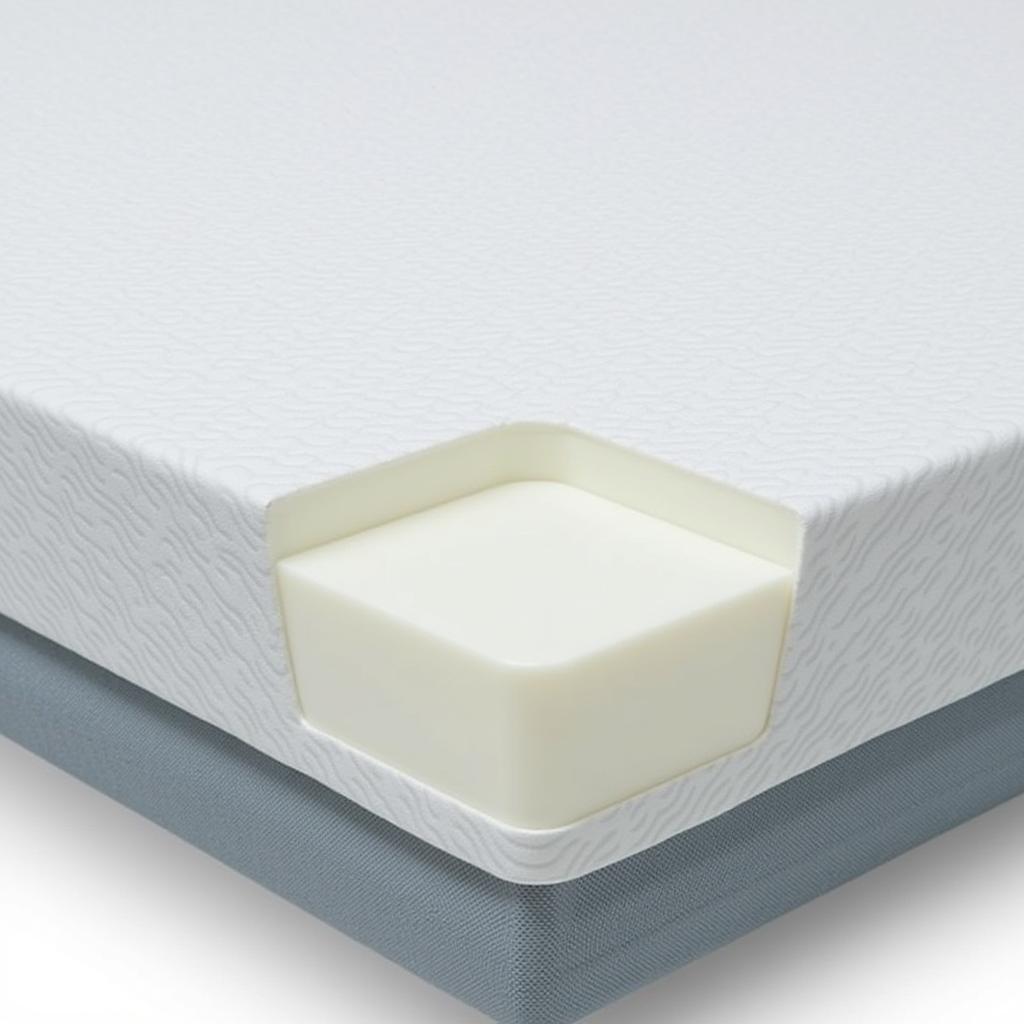Hospital Medical Beds are an essential part of healthcare, providing a safe and comfortable environment for patients recovering from illness, injury, or surgery. Choosing the right hospital bed can significantly impact a patient’s comfort, well-being, and overall recovery process.
Understanding the Importance of a Suitable Hospital Medical Bed
A hospital bed goes beyond simply offering a place to sleep. It plays a crucial role in:
- Pressure Relief: Prolonged bed rest can lead to pressure ulcers, especially for patients with limited mobility. Hospital beds with adjustable positions and pressure-relieving mattresses help distribute weight evenly, minimizing pressure points.
- Patient Safety: Features like side rails, bed alarms, and adjustable height enhance patient safety, preventing falls and ensuring easy access for caregivers.
- Comfort and Independence: Adjustable beds allow patients to find comfortable positions for sleeping, reading, or watching TV. This independence can positively impact their mood and recovery.
Types of Hospital Medical Beds
 Electric hospital bed with adjustable features
Electric hospital bed with adjustable features
Several types of hospital beds cater to diverse patient needs:
- Manual Hospital Beds: These beds are adjusted manually using cranks. They are a cost-effective option for patients who require basic positioning assistance.
- Electric Hospital Beds: Offering greater convenience, electric beds allow patients to adjust their position with the push of a button. They often come with additional features like adjustable height for caregivers and trendelenburg positioning for medical procedures.
- Bariatric Hospital Beds: Designed for heavier patients, these beds offer a wider sleeping surface and a higher weight capacity for optimal support and safety.
- Low Beds: Ideal for patients at risk of falling, low beds are closer to the ground, minimizing injury from potential falls.
Factors to Consider When Choosing a Hospital Medical Bed
Navigating the selection of a hospital medical bed can feel overwhelming. Here are key factors to guide your decision:
1. Patient’s Needs and Condition
- Mobility: Consider the patient’s mobility level and if they require assistance getting in and out of bed.
- Medical Condition: Certain conditions, like respiratory issues or back pain, may necessitate specific bed features, such as adjustable headrests or a drive medical hospital bed.
- Weight Capacity: Ensure the bed can safely support the patient’s weight.
2. Features and Functionality
- Adjustability: Look for beds with adjustable height, headrests, and footrests to customize comfort and support.
- Side Rails: Side rails provide safety and prevent falls, but consider the patient’s independence and potential for feeling confined.
- Mattress Type: Choose a mattress that provides pressure relief and comfort based on the patient’s needs and risk factors.
- Ease of Use: Consider the ease of operating the bed for both the patient and caregiver, particularly if using an electric bed.
 Hospital bed mattress designed for pressure relief
Hospital bed mattress designed for pressure relief
3. Budget and Insurance Coverage
Hospital beds come in a wide price range. Determine your budget and check your insurance policy for potential coverage options.
Ensuring Comfort and Safety
Choosing the right hospital medical bed is only the first step. Here’s how to optimize comfort and safety:
- Proper Positioning: Use pillows and adjustable features to support the patient’s body properly and prevent pressure sores.
- Regular Cleaning: Maintain hygiene by regularly cleaning the bed frame, mattress, and surrounding areas.
- Safety Checks: Routinely inspect the bed for any signs of wear and tear, ensuring all features are functioning correctly.
Seeking Expert Advice
Consulting with a healthcare professional or occupational therapist is crucial for personalized recommendations based on the patient’s specific needs and circumstances.
Conclusion
Selecting the right hospital medical bed is essential for enhancing patient comfort, safety, and overall recovery. By carefully considering the factors outlined above and seeking expert advice, you can make an informed decision that contributes to a positive healthcare experience.
FAQs about Hospital Medical Beds
1. How often should I clean a hospital bed?
Cleaning a hospital bed regularly is essential to prevent the spread of germs. The bed frame and surrounding areas should be cleaned daily, while the mattress requires cleaning at least weekly or bi-weekly, depending on usage and the patient’s condition.
2. Can I adjust the height of a manual hospital bed?
Most manual hospital beds do not offer height adjustability. They typically have a fixed height, which may not be suitable for all caregivers or patient needs. If height adjustability is essential, consider an electric bed.
3. Are hospital beds covered by insurance?
Insurance coverage for hospital beds varies depending on the policy and medical necessity. It’s crucial to contact your insurance provider to verify coverage details and any requirements for pre-authorization.
4. What is the best type of mattress for a hospital bed?
The best mattress for a hospital bed depends on the patient’s needs. Foam mattresses offer pressure relief and comfort, while innerspring mattresses provide more support. Consult with a healthcare professional for recommendations based on the patient’s condition and risk factors.
5. Where can I buy a hospital medical bed?
Hospital medical beds can be purchased from medical supply stores, online retailers, and some pharmacies. Ensure you choose a reputable supplier that offers quality products and reliable customer service.
Need further assistance in selecting the right medical equipment?
For personalized guidance and support, contact San Jose Hospital at 02437655121 or [email protected]. Our team of experts is available 24/7 to answer your questions and provide exceptional care for every need. Visit us at Số 298 Đ. Cầu Diễn, Minh Khai, Bắc Từ Liêm, Hà Nội, Việt Nam to explore our comprehensive range of healthcare solutions.